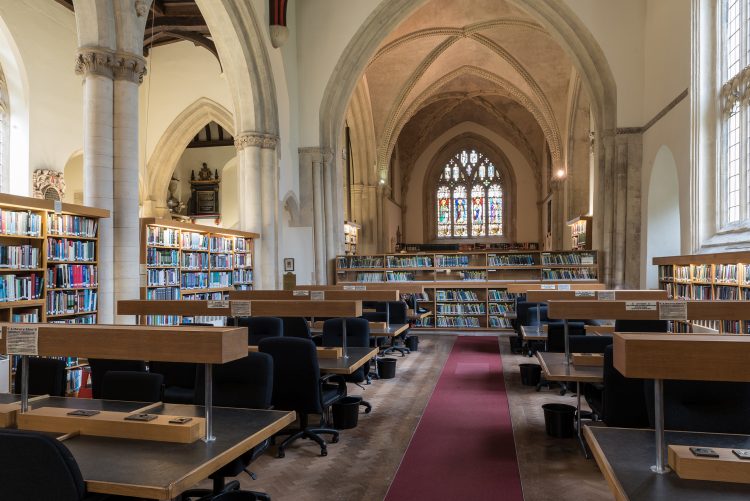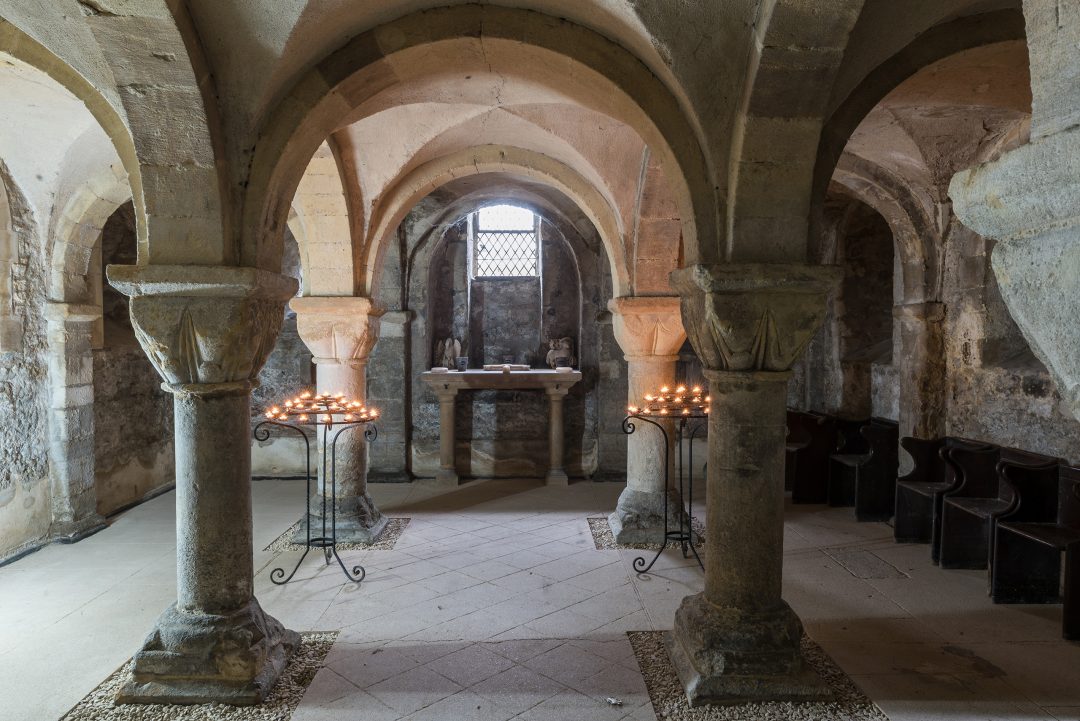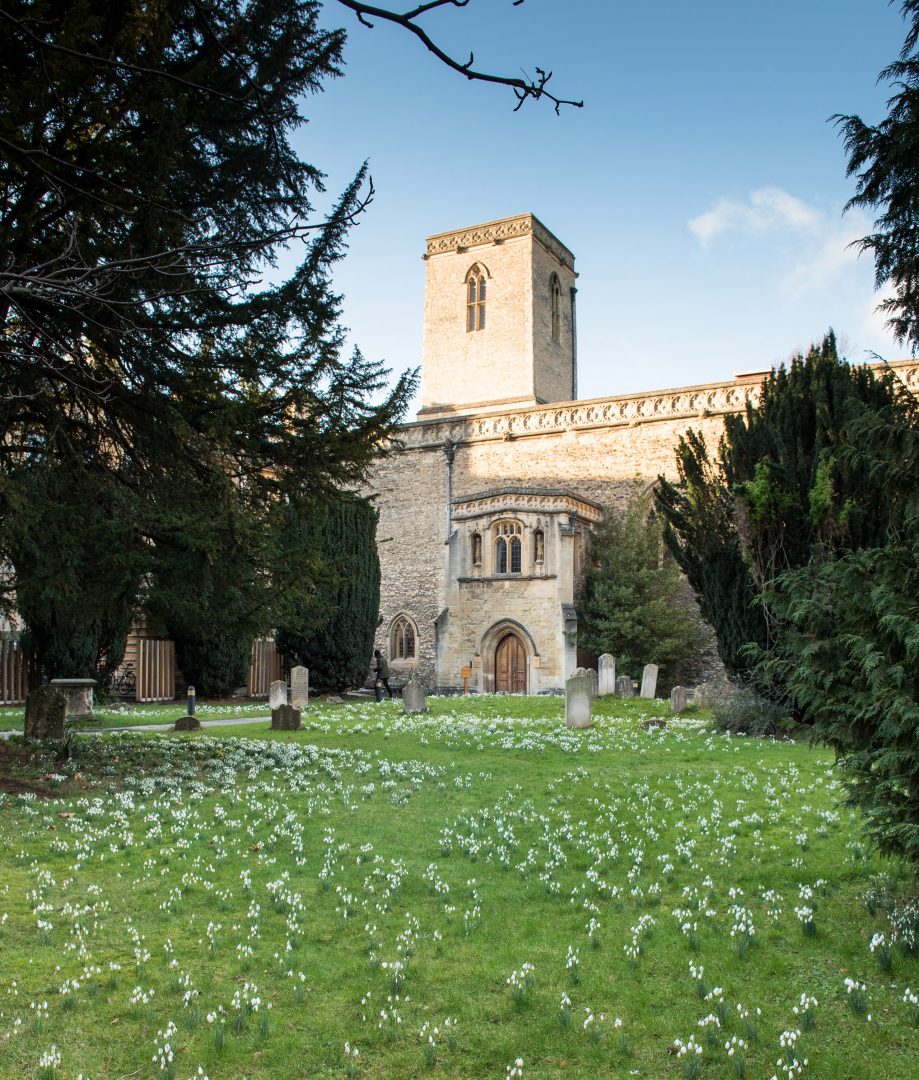History of St Peter-in-the-East

The church of St Peter-in-the-East has existed on this site since the late 10th century. It is said to be named after the church of S. Pietro in Vincoli in Rome and is named in the Domesday Book (c.1085) as holding two hides of land from Robert D’Oilly, then owner of the Holywell estate. The church was not called St Peter-in-the-East until the early twelfth century when it became necessary to distinguish it from the church of St Peter-le-Bailey near the castle.
The core of the existing church – the nave, chancel and crypt – was built between 1130 and 1160. It was substantially added to over the next four hundred years due to the wealth of the parish. The North Aisle was added in the 13th century, the tower in the 14th century along with an extension of the nave to the west, and the Vestry and the small chapel to St Thomas were added at the start of the 16th century.
The Lady Chapel is believed to have been donated by St Edmund of Abingdon c.1220 during his time as a lecturer at the University and a resident of the adjacent hall that was later named after him. It was used as the student chapel for the Hall until a separate chapel was built on the College grounds in 1682.
The church was closed as a place of worship in 1965 and reopened as the College library in 1970. Many of the building’s distinctive architectural features were preserved in the renovation process and the new internal fixtures were arranged to mimic the layout of a traditional church.
Visit requests and enquiries regarding St Peter-in-the East should be addressed to the College Librarian. Access will only be granted during University vacation periods.
The Crypt of St Peter-in-the-East
The crypt survives largely unaltered since its construction in the 12th century. It was built in the Romanesque style and featured a confessio at its western end, intended for the display of a saint’s relic. The space is divided by two rows of four columns linked by rounded arches, allowing the roof to be split into fifteen separate groin vaults. Once accessible from the chancel by staircases in the north and south walls and from the nave by staircases in the west, only the south entrance remains.
Enquiries regarding the crypt should be addressed to the Domestic Bursar (01865 279005 or domestic.bursar@seh.ox.ac.uk).
Please note the crypt is only accessible by prior arrangement and when a Fellow of the College is available. Access is via an uneven stairs.


The Graveyard of St Peter-in-the-East
Prior to the modification of the building into a library in the 1960s, the graveyard housed 229 headstones and 70 tombs. During the building alterations it was necessary to modify the layout of the graveyard to some extent with the result that the number of stones and tombs left in situ was somewhat reduced. The graveyard contains the tomb of Thomas Hearne, the seventeenth-century antiquary, who was a member of the Hall, Assistant Librarian of the Bodleian, and a non-juror; there is also a memorial stone to the aeronaut, James Sadler.
Enquiries regarding the graveyard should be addressed to the College’s Archive Fellow, Professor Andrew Kahn: andrew.kahn@seh.ox.ac.uk.